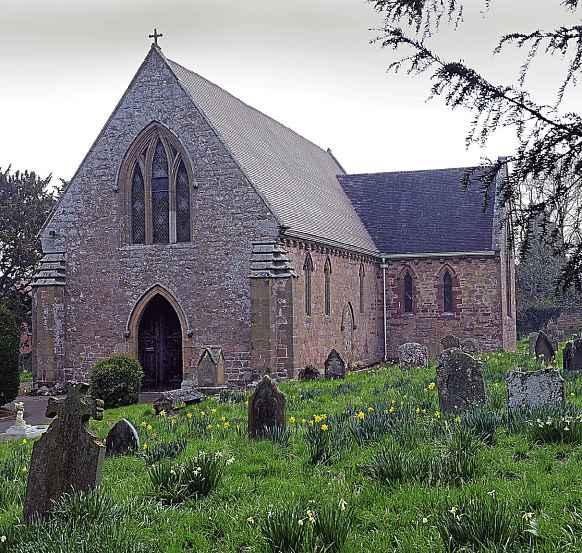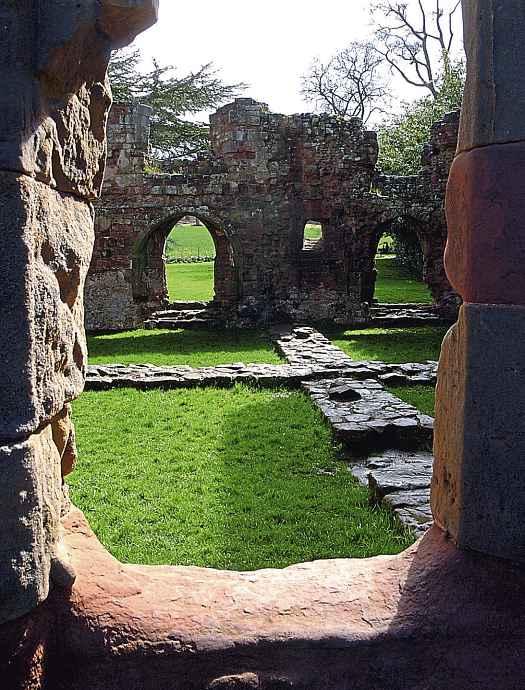
2 minute read
DISCOVER HIDDEN TREASURES
BY ANDY RICHARDSON
Warmer temperaturesand beautiful spring foliage brings an upsurge in the number of ramblers making the most of Shropshire’s picturesque countryside. From lowland walks near to lakes to highland strolls across the Long Mynd or Clee Hills, and from gentle explorations of the county’sbeautiful market towns to more vigorous workouts along canal towpaths, woods, or parks, there is something for everyone.
Acton Burnell is aquiet hamlet and asix-mile circular walk helps to share the best of the area, as well as the countryside forming its hinterland.
Acton Burnell is tucked deep in the heart of the Shropshire countryside and it holds two hidden havens, bothsodiscreet that even many Salopians are not aware of their existence.
Secreted behind St Mary’s Church is an eeriethicket of rhododendron and yew.A mysterious path tunnels through that, as if stepping back through time, emerging suddenly into aformallandscape of structured serenity.The ruins of 13thcentury Acton Burnell Castle sit on manicured lawns.
It was built between 1284 and 1293 by Bishop Burnell,
Edward I’s Lord Chancellor,and Parliaments were held here twice, in 1283 and1285. By 1420, thecastle was abandoned, and it was allowed to decay while anew house, Acton Burnell Hall, was built beside it. Nonetheless, the castle remains an impressive example of amedieval fortified manor house.

The Burnell family of Acton Burnell held land in Shropshire from the 1180s,though it was acentury later that Robert Burnell came to prominence. Entering royal service as aclerk to Henry III’s son Prince Edward, he rose to become Chancellor of England and Bishop of Bath and Wells when the prince acceded to the throne as Edward Iin1272.
The king’s military campaigns in Wales frequently brought him to Shropshire, and he stayed at Acton. His visit in 1283 assumed national significancewhen he held aparliament, according to tradition, in the tithe barn here. This was supposedly the first at which commoners were represented.
In 1284, Robert Burnell obtained alicence from theking to fortify his residence. Work was probably still in progress when Robert died in 1292. The large first-floor windows of the castle suggest, however,that it never hadaserious defensive purpose and that it was instead perhaps designed to impress. Evidence of Robert’s building zeal may also be seen in theadjacentchurch, a fine example of Early English architecture. Burnell’s wealth and his position as bishop enabled him to employ the best masons.
By 1420, however,the castle was abandoned. It was allowed to decay while anew house, Acton Burnell Hall (not in the care of English Heritage), was built next to it in the 18th century.Thus saved from later alterations, the castle remains an impressive example of amedieval fortified manor house
Meanwhile, apath opposite St Mary’s Church cuts through the low-crowned trees to aquiet, single-track road to Ruckley,off which stems aminor lane to Langley Chapel. Sat in the middle of a field, this hidden gem has an air of desertion aboutit. Once abustling ruralcommunity,the villagers abandoned the 14thcentury church and its rare17th-century timber furnishingsin 1871 for better-paid work in nearby Coalbrookedale.
Follow the quiet lanes for about six miles around Acton Burnell andPark Wood, once Robert Burnell’s Shropshire refuge from the pressures of life as England’s Lord Chancellor










